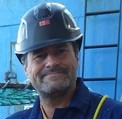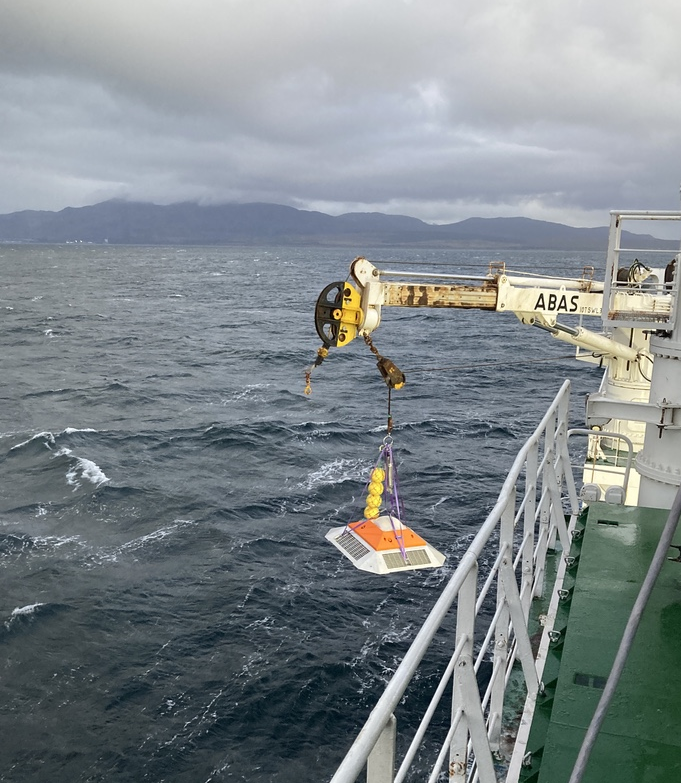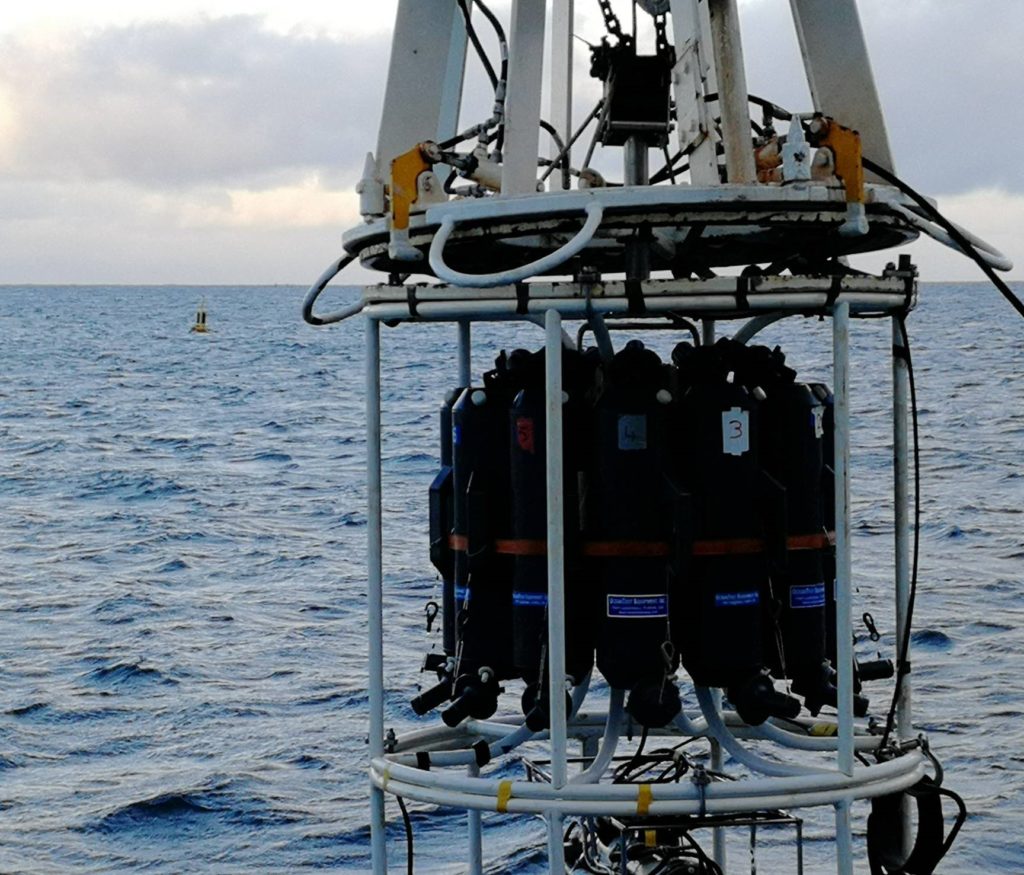Modelling marine ecosystems for conservation and sustainability.
As leader of the Oceanography Group within the Marine Scotland Directorate of the Scottish Government, Dr Alejandro Gallego coordinates the observation and modelling of the physical marine environment to characterise both natural variability in the system, and how it is changing in response to human activities.
Climate change and connectivity
This work is vitally important to assess the impact of climate change on our marine environment and the many, wonderful and varied organisms that inhabit it. Alejandro explains, “Marine organisms are fully conditioned by their physical environment – temperature and salinity for example – and are often dependent on currents for both their own movement and/or the dispersal of their young.” So any changes in these factors can have dramatic effects on biodiversity.
Alejandro’s team maintains more than a century’s worth of observations of ocean circulation patterns at a range of scales. “Large scale circulation influences the overall climate of north-western Europe and the Arctic,” he says, “while coastal circulation is highly relevant to the movement of diseases, parasites, pollution and even litter, with implications for aquaculture and other socio-economic sectors, as well as natural systems”.
This work also feeds into the design of Marine Protected Area networks through documenting connectivity between marine sites. “These are crucial to enhance biodiversity and support a sustainable Blue Economy,” Alejandro says.
By its nature, this work is highly collaborative, linking with other Scottish Government researchers, the global academic community and a wide range of stakeholders – from aquaculture, oil and gas and marine renewables industries, to NGOs working in nature conservation. “Working with others,” Alejandro enthuses, “is one of the most interesting aspects of our work.”
A rewarding role
Alejandro’s career started with a marine zoology degree at Euskal Herriko Unibertsitatea (University of the Basque Country) and the Universidade de Santiago de Compostela, followed by a masters in fisheries biology and management at the Bangor University, Wales, a PhD in marine ecology at Imperial College London, and then a Research Fellowship at the University of Aberdeen. “In a way,” he says, “marine science is in my character. I have always had a curious and logical mind, and I have always loved the sea, so it was the logical thing to aspire to.”
In 2002 he joined the science division of the Marine Scotland Directorate of the Scottish Government, focusing on ecological and biophysical modelling. Alejandro ended up moving towards the physical aspects of marine science (including both numerical modelling and empirical observation).



Alejandro’s role is very varied – which he loves – encompassing hands-on fieldwork on both large research ships and small vessels, data analysis, computer simulations and dissemination to a wide range of audiences. It is also very rewarding, he says, “to know that what I do makes a difference to the people of Scotland and beyond, making sure that we fulfil our opportunities to develop a healthy and sustainable marine economy.”
Science for sustainability
As we face up to the enormous challenges of climate change and biodiversity loss (itself resulting from climate change as well as other human pressures), Alejandro believes we do have the tools to mitigate the worst, “for example through alternatives to fossil fuels such as marine renewable energy, and reducing pressures on biodiversity such as unsustainable fishing and pollution,” he says. “Science has a big role to play in finding solutions that are both environmentally and socially sustainable.”
The long-term nature of the Oceanography Group’s work is key, providing critical baselines against which to monitor future change. And technology is developing all the time, says Alejandro: “Combining standard fieldwork using ships with new autonomous, remote technologies and ever more sophisticated numerical modelling … all this will support our drive towards decarbonisation and fair and sustainable economic growth.”
Dr Alejandro Gallego leads the Oceanography Group in the Scottish Government’s Marine Scotland Directorate. His work is supported by the Scottish Government, with collaborative projects funded by bodies such as the UK Research Councils. Find out more here.
This post is part of a series showcasing Scotland’s innovative, high-impact research supporting biodiversity conservation, in partnership with Scottish Government and NatureScot. Read the rest of the series here.
Further reading
Ounsley, J.P., et al. 2019. Regional variation in directed swimming by Atlantic salmon smolts leaving Scottish waters for their oceanic feeding grounds—a modelling study. ICES Journal of Marine Science 77: 315—325. https://doi.org/10.1093/icesjms/fsz160
Sheehan, P.M.F., et al. 2020. Weekly variability of hydrography and transport of northwestern inflows into the northern North Sea. Journal of Marine Systems 204: 103288. https://doi.org/10.1016/j.jmarsys.2019.103288
Rabe, B. et al. 2020. Applied connectivity modelling at local to regional scale: the potential for sea lice transmission between Scottish finfish aquaculture management areas. Estuarine, Coastal and Shelf Science 238: 106716. https://doi.org/10.1016/j.ecss.2020.106716
Gimona, A., et al. 2021. Ecological Networks – Connecting Scotland’s Nature at the Landscape Scale. NatureScot Technical Report – Ecological Networks Protected Areas Review – Ecological Networks Think Piece. 37 pp. https://www.nature.scot/doc/ecological-networks-protected-areas-review-ecological-networks-think-piece
Murray, A.G., et al. 2021. A simple modelling tool for assessing interaction with host and local infestation of sea lice from salmonid farms on wild salmonids based on processes operating at multiple scales in space and time. Ecological Modelling. https://doi.org/10.1016/j.ecolmodel.2021.109459
Hadjal, M., et al. 2022. An artificial neural network algorithm to retrieve chlorophyll A for northwest European shelf seas from top of atmosphere ocean colour reflectance. Remote Sensing 14: 3353. https://doi.org/10.3390/rs14143353
